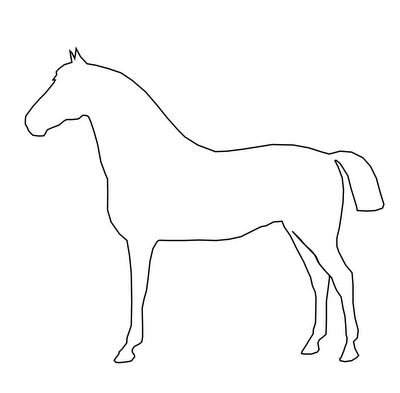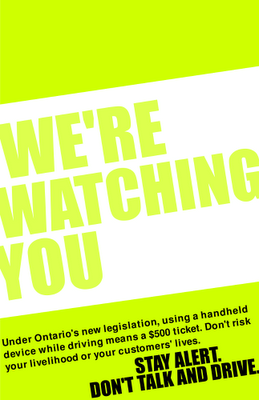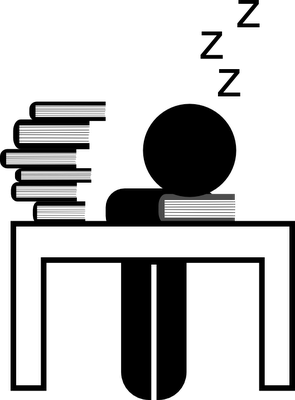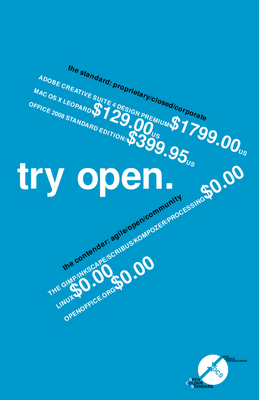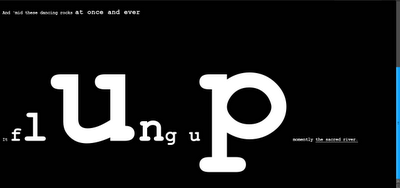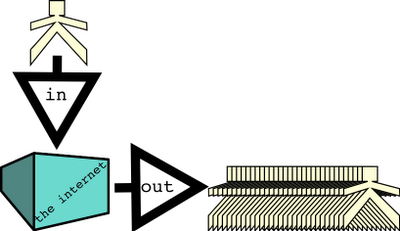A few weeks back, I mentioned my plan to create homemade explanations of food normally found in boxes on supermarket shelves. Below, I present part one, the most basic of all boxfoods: popcorn.
To make popcorn (or anything, for that matter), the first step is a visit to the store. You'll need two items: oil and popcorn. Oil type is a personal decision. I tend to go for olive oil, but sunflower and other sorts of vegetable oil also work well. Just make sure it isn't an oil with a strong flavour. If you do go with olive oil, look for an extra virgin or even an oil labeled as light tasting. Whichever sort of oil you get, it's fairly basic: look for the oil section and pick a small bottle of your preferred type. The popcorn itself is where things get interesting. Most people are used to buying popcorn in a box. This is not what you want. Look for popcorn in a plastic bag or jar. Make sure you're getting kernels, not the microwave-ready stuff that comes in pouches. Another good option for popcorn purchasing is your local bulk food store. They'll have large bins full of it and you can buy as much or as little as you want.
Once you've gotten your ingredients, it's time to cook. You'll need two pieces of equipment for this: a stove and a pot with a tight-fitting lid. For preference, the pot should be stainless steel and a medium size. Put the pot on the stove. Don't put the lid on yet. Put about a teaspoon of oil into the pot. If you don't have a proper teaspoon, a normal soup or dessert spoon will do. Now you can turn on the stove. Make sure you're sending heat to the burner that your pot is actually sitting on. Turn the dial to maximum heat. Take one small handful of your popcorn and put it in the pot. Now you can put the lid on.
Let the pot sit. When you start to hear popping noises, you can lift the pot a little bit off of the burner and shake it from time to time. The point of this action is to move the unpopped kernels to the bottom of the pot and the popped ones to the top. Continue to alternate sitting and shaking. At the height of it, you'll hear popping constantly. As cooking slows down, there will be longer intervals between pops. When you can count to ten between pops, it's time to turn off the stove and remove the pot from heat. Removing the pot from heat is important if you're using an electric stove as there will still be residual heat in the coil. Most stoves are electric. A good rule of thumb is that if there's no visible fire, it's probably electric.
Once you've removed the pot from the burner, you'll want to put on an oven mitt (or even just use a tea towel) and remove the lid from the pot. Pour the popcorn from the pot into a large bowl. If using a plastic bowl, be sure not to let the pot touch it, since the metal may still be hot enough to cause melting.
Once the popcorn is in the bowl, you can think about garnishes. If you want butter or margarine, you can quickly put a tablespoon or two of it into your pot. The metal will hold heat for some time and should still be hot enough to melt your butter/margarine. Once the butter/margarine is melted, you can pour it over your popcorn and then carefully shake the bowl to distribute your topping more evenly. Popcorn toppings can be varied. While most people prefer butter/margarine and a little salt, you can experiment with cinnamon, brewer's yeast, or even a little cayenne pepper. You've got options.
Once your popcorn is in the bowl and topped, all that's left to do is eat. You can now enjoy the economic (far less expensive than microwave) and environmental (no bags to throw away) benefits of stovetop popcorn.
Labels: boxfood, education, food
